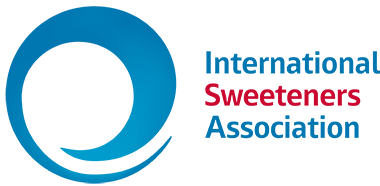Abstract
Background: Previous studies have shown an inconsistent relation between habitual beverage consumption and insulin resistance and prediabetes.
Objective: The objective of the present study was to test the hypothesis that the consumption of sugar-sweetened beverages (SSBs), rather than diet soda, is associated with long-term progression of insulin resistance and the development of prediabetes.
Methods: We analyzed the prospective association between cumulative mean consumption of SSBs or diet soda and incident prediabetes (n = 1685) identified across a median of 14 y of follow-up in participants [mean ± SD age: 51.9 ± 9.2 y; 59.6% women; mean ± SD body mass index (BMI; kg/m2): 26.3 ± 4.4] of the Framingham Offspring cohort. The prospective association between beverage consumption and change in homeostasis model assessment of insulin resistance (HOMA-IR; n = 2076) over ?7 y was also analyzed. The cumulative mean consumption of SSBs and diet soda was estimated by using food-frequency questionnaires. Multivariable Cox proportional hazards models and linear regression models were implemented to estimate the HRs of incident prediabetes and change in HOMA-IR, respectively.
Results: After adjustment for multiple potential confounders, including baseline BMI, we observed that SSB intake was positively associated with incident prediabetes (P-trend < 0.001); the highest SSB consumers (>3 servings/wk; median: 6 servings/wk) had a 46% higher risk of developing prediabetes than did the SSB nonconsumers (HR: 1.46; 95% CI: 1.16, 1.83). Higher SSB intake was also associated with a greater increase in HOMA-IR (P-trend = 0.006). No prospective associations were observed between diet soda intake and risk of prediabetes (P-trend = 0.24) or changes in HOMA-IR (P-trend = 0.25). These associations were similar after additional adjustment for change in BMI.
Conclusion: Regular SSB intake, but not diet soda intake, is associated with a greater increase in insulin resistance and a higher risk of developing prediabetes in a group of middle-aged adults.
Summary
This observational study tested the relationship between long-term diet soda consumption and insulin resistance as well as prediabetes, and concluded that there is no association linking the long-term intake of diet sodas sweetened with low calorie sweeteners and insulin resistance or prediabetes, as assessed by HOMA-IR and incidence of prediabetes, respectively. This study due to its observational nature cannot prove conclude on a cause and effect relationship (or no causal relationship in this case), but the authors note that their findings are in agreement with a randomised clinical trial conducted in 37 adults in whom no change in HOMA-IR, an index of insulin resistance, was observed after 10 weeks of low calorie sweeteners consumption (Sorensen et al, 2005).

